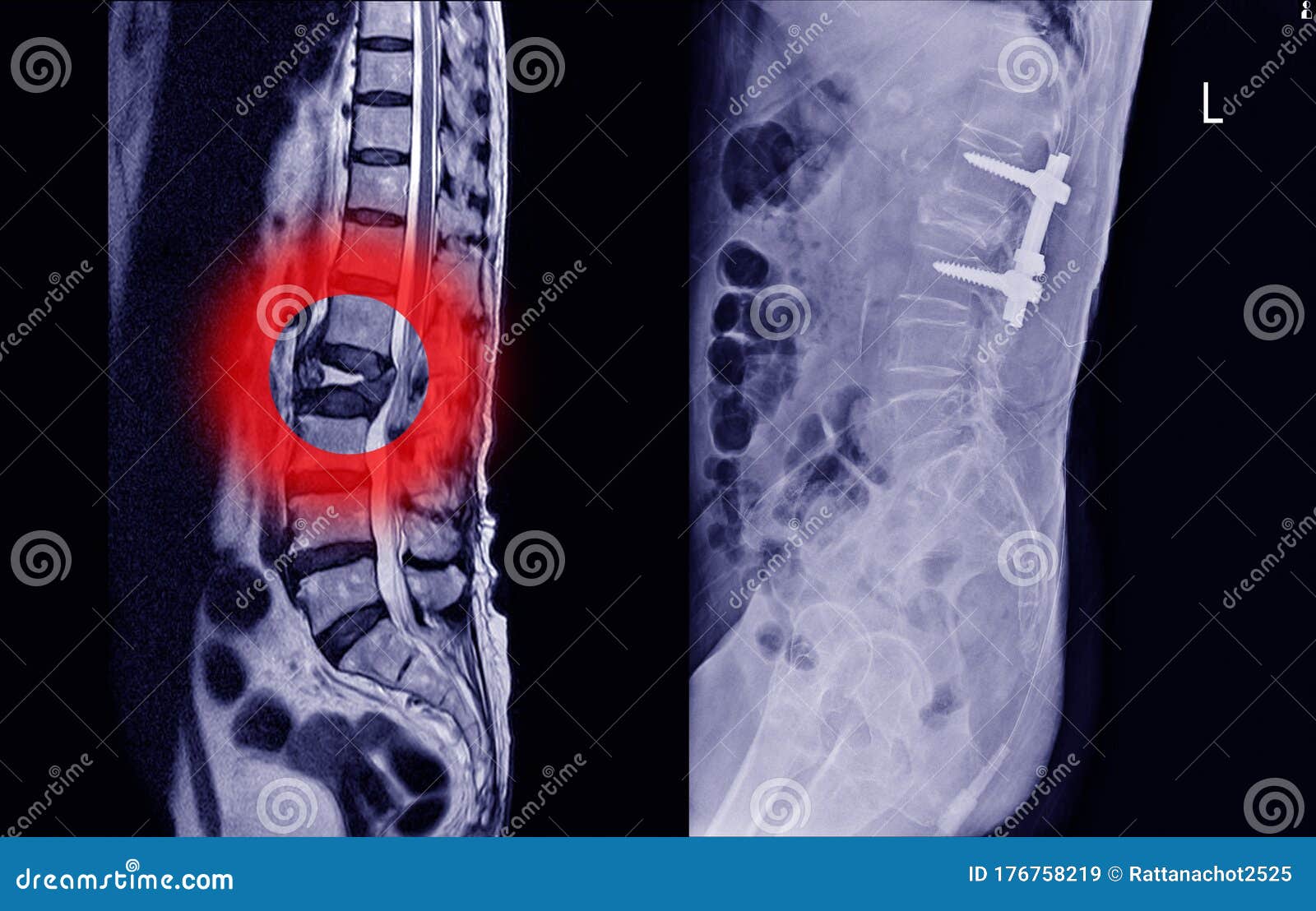

Activity such as bending, lifting, twisting, and sitting may increase the pain. You may feel a pain like an electric shock that is severe whether you stand, walk, or sit. If you have a herniated lumbar disc, you may feel pain that radiates from your low back area, down one or both legs, and sometimes into your feet (called sciatica). Symptoms of a herniated disc vary greatly depending on the location of the herniation and your own response to pain.

Most herniated discs occur in the lumbar spine, where spinal nerves exit between the lumbar vertebrae, and then join together again to form the sciatic nerve, which runs down your leg.
#COMPRESSED DISK XRAY LUMBAR FREE#
Sometimes the herniation is so severe that a free fragment occurs, meaning a piece has broken completely free from the disc and is in the spinal canal. A true herniated disc (also called a ruptured or slipped disc) occurs when the disc annulus cracks or ruptures, allowing the gel-filled center to squeeze out. A bulging disc (protrusion) occurs when the disc annulus remains intact, but forms an outpouching that can press against the nerves. The gel-filled nucleus material escapes through a tear in the disc annulus and compresses the spinal nerve.ĭifferent terms may be used to describe a herniated disc. In most cases, if low back and/or leg pain is going to resolve it will do so in about 6 weeks.įigure 1. Over time, the herniation tends to shrink and you may experience partial or complete pain relief. The pain is a result of spinal nerve inflammation and swelling caused by the pressure of the herniated disc. 1).The gel material is irritating to your spinal nerves, causing something like a chemical irritation. What is a herniated lumbar disc?Ī herniated disc occurs when the gel-like center of your disc ruptures out through a tear in the tough disc wall (annulus) (Fig. Your spinal cord and the spinal nerves act as a "telephone," allowing messages, or impulses, to travel back and forth between your brain and body to relay sensation and control movement (see Anatomy of the Spine).

At each disc level, a pair of spinal nerves exit from the spinal cord and branch out to your body. Each disc has a gel-filled center called the nucleus. It has fibrous bands that attach between the bodies of each vertebra. The outer ring of the disc is called the annulus.

The vertebrae are separated by cushiony discs, which act as shock absorbers preventing the vertebrae from rubbing together. There are 5 lumbar vertebrae numbered L1 to L5. The lumbar (lower back) section of the spine bears most of the weight of the body. Your spine is made of 24 moveable bones called vertebrae. If symptoms continue, surgery may be recommended. Most people improve in 6 weeks and return to normal activity. Treatment with rest, pain medication, spinal injections, and physical therapy is the first step to recovery. Back or leg pain, numbness or tingling may result when the disc material touches or compresses a spinal nerve. A herniated disc occurs when the gel-like center of a disc ruptures through a weak area in the tough outer wall, similar to the filling being squeezed out of a jelly doughnut.


 0 kommentar(er)
0 kommentar(er)
